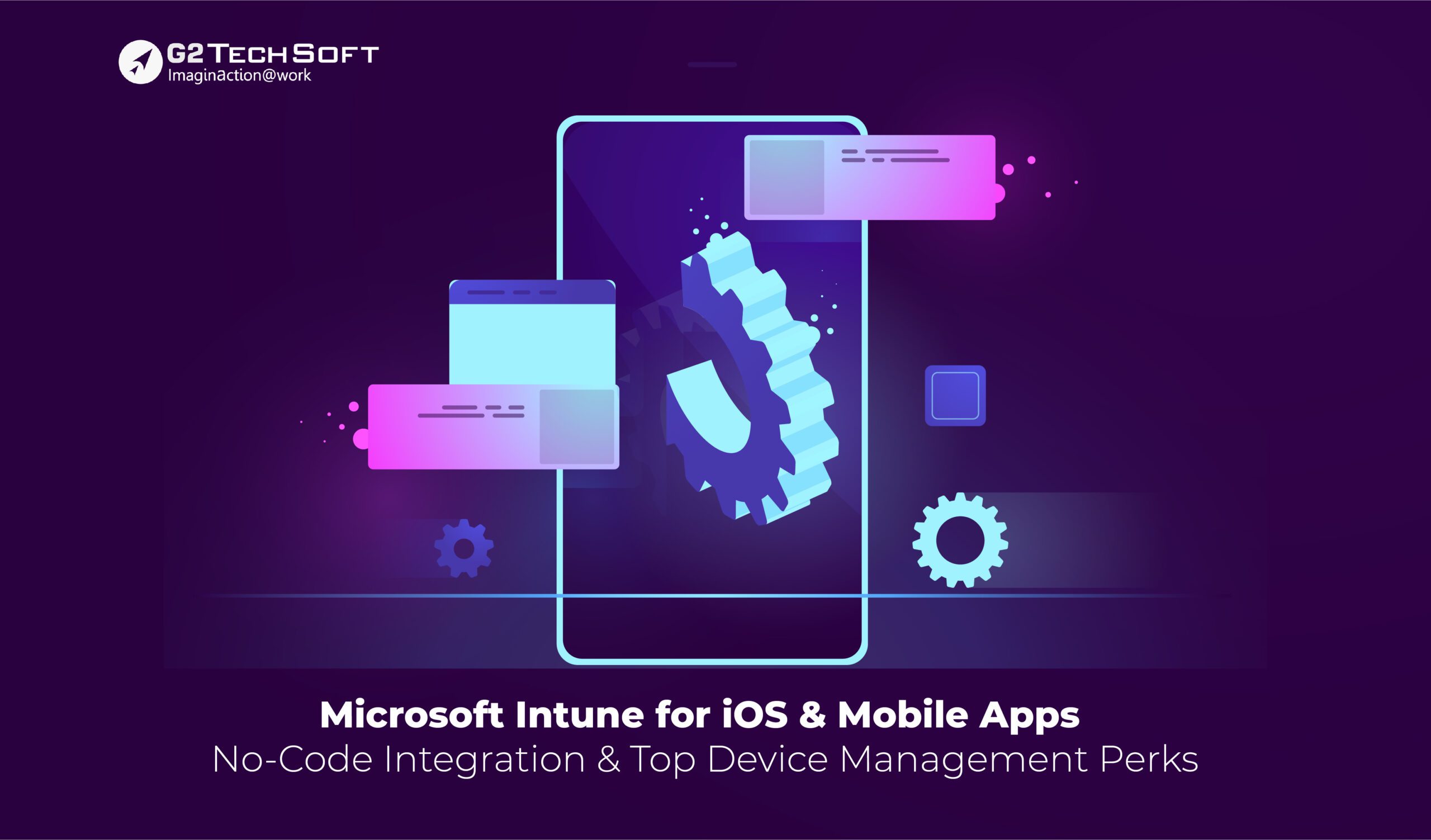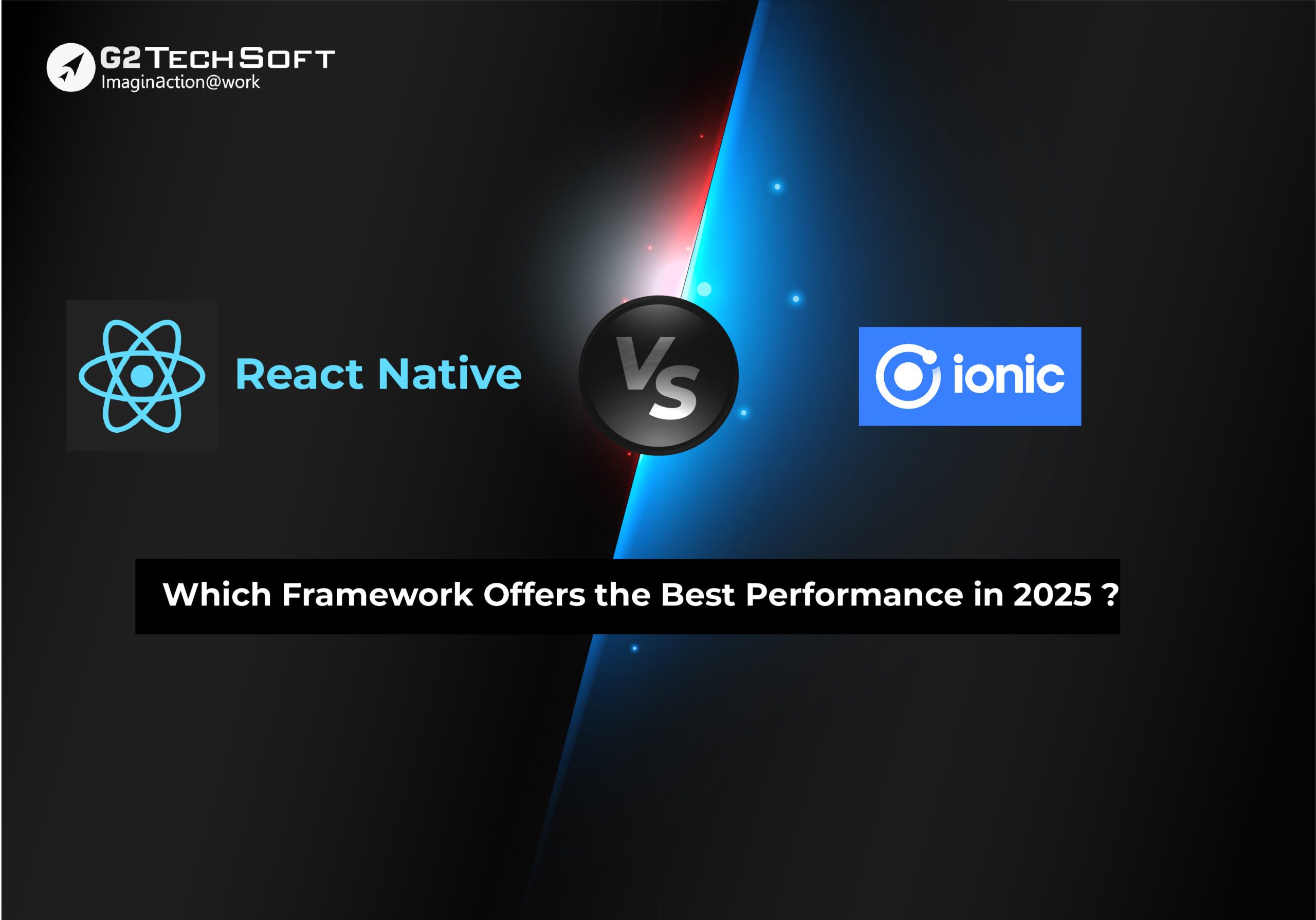
As we all know, the software industry emerged as the most influential industry in 2019 – 2020. It took to the part of introducing us with terms like ‘cloud computing’, ‘marketing automation’, ‘AI’, ‘machine-learning’ and the most recent, ‘hyper-automation’ and ‘robotics-based engineering’ – continually changing processes that promote better IT performance using a combination of AI, BI, machine learning, and cloud computing.
This blog will discuss Robot Process Automation for Software Testing, yet another accomplishment of robotics-based engineering.
Problem solving information about Robot Process Automation in Testing. Is it worth your time, lets dive to the process?
Robot Process Automation or RPA is a powerful QA testing tool in software testing, particularly efficient in deploying large-scale software frameworks like Microsoft Dynamics, Salesforce, SAP, NetSuite, Sage, etc.
It is an AI-powered solution that creates a list of actions for a critical process by watching the graphical user interface of an application when a user performs it.
2021 has a lot to offer in terms of automated software testing tools. The need to develop and deploy robust applications has taken QA automation and agile testing process to new heights.
The RPA has been around for quite some time. Example: robot-based customer support centers, voice-based communication and transaction, EMR and OCR technology, and internet bots for data posting automation.
Robotics Automation Tools will play an important role in the IT and testing automation process in the near future.
The primary season is its ability to help firms running on legacy systems stay above the bar by automating the operation and workflow, particularly those that require repetitive clerical effort, such as manual software testing.
Besides, RPA tools are different from others. They can process data across multiple applications simultaneously – for example, receiving a work order email, collecting project data, and sending it to the accounting system.
Beneficial factors of QA Robot Process Automation in Software Testing
RPA delivers QA automation testing not just for robot-based systems but also for products powered by technology. Also, they are codeless, so you don’t have to remember any syntax.
- The RPA is quite adaptable, and its unique versatility makes end-user and UI path testing more precise and effective when implementing large-scale, commercial business systems. RPA strives to automate simple-cognitive business processes that are repeated in the software application development life-cycle.
- RPA tools are much like an advanced macro that enables scheduled and batch running of business applications, besides automating manual and clerical processes on demand.
- The automation tester replaces load testing, automated regression testing, and performance testing in software development. This liberates manual QA testers free to use their time and effort on more important activities, like ad hoc testing, usability, and exploratory testing.
- Since bot-based testing minimizes errors and generates high-quality results automatically, expert programmers are not required. This is a huge cost-saver.
- The rapid adaptability allows QA software testers to save resource capabilities on various mind-numbing activities. For instance, RPA can do test data preparation and set up numerous preconditions to make sure the software application meets all user requirements, including test environment configuration, presetting application state, and identifying and managing defects.
- Testers can also effortlessly check pre-testing settings, perform regression testing, and enable multiple-application settings.
- Many RPA tools components are likely to be formalize by large-scale, legacy systems. They include A) design studio, like a systematic manual book that describes the executable code for large-scale, integrated systems, including rules, procedures, and process steps. B) Process execution environment, basically the robot that works on a dedicated server. C) Process analysis environment that offers reports and analytics of bots, schedules, and events. D) System’s IQ where control and coordination are imminent for seamless delivery.
How RPA Plays a Major Role in QA Testing and Automation
RPA test management tools optimize an organization’s computing system’s performance by structuring and integrating APIs while reducing the testing effort and time.
Today, the IT industry demands rapid change – new products, new upgrades, new releases, API integration, and proactive service. The varied customer needs have paved the way for process automation to reduce clerical error and optimize performance, resulting in the implementation of RPA in testing.
RPA testing tools enhance application development efficiency, deliver better and precise results, and reduce turnaround time.
Being platform-independent can support web, legacy, desktop, and mobile application testing across all frameworks.
How are RPA Test Management Tools Different?
In the traditional QA process, the testers run scripts for testing in the test environment right before the deployment of the software product. When the testing environment is not available, as is the case with HR, finance and accounting, customer support, supply-chain, machinery, and other labor-intensive and BPO projects, the testing is contracted to third-party vendors. This is a time-consuming task.
Robotic Process Automation tools develop an automated test environment and test scripts by monitoring the activities of testers, thus delivering superior QA that is 70% more accurate and faster.
While monitoring, the tool observes the keyboard and mouse actions of the QA tester, mimics the real environment, and then produce a duplicate-automated test environment in the form of a test management tool.
RPA software testing tools help testers form an agile QA testing strategy that rapidly releases results without compromising performance and quality to meet the millennial demands, such as robust, high-velocity implementation and shorter time to market.
CG Vak delivers comprehensive Robot Process Automation testing in several work areas, including data entry, formatting, data manipulation, onboarding, accounting, expense management, and data processing.
To streamline and optimize the testing process, we leverage open-source frameworks, such as Selenium, Robot class, Autoit, and Sikuli.
RPA Testing Strategy
Typically, the RPA testing strategy goes through various steps, right from data creation through activating a robot and evaluating the business process to finally, automating the system.
Process Steps for Automation Testing:
Step 1: Testers run scripts for testing automation.
Step 2: IT professionals generate test data.
Step 3: Automation script regulates the Bot from a central point by performing a specific task.
Step 4: Robot Process Automation tool creates the step-by-step process flow.
Step 5: Process is implemented, and the actions are performed based on the derived process flow.
Step 6: Scripts evaluate the results to validate the performance of RPA process implementation.
Step 7: Evaluation and validation are performed on tested applications.
Step 8: Test reports are generated for future reference.
The Plan Behind RPA Testing:
The plan behind perfect and effortless RPA testing is addressing the following 5 factors: understanding the changing requirement, gathering variations of test data, having clear and concise test scripts and cases, verifying the execution process, and addressing defects.
- Determine the software development or business processes that can be optimized with RPA tools
- Identify all the manual testing requirements for the derived business processes.
- Test the tasks, activities, and applications that the RPA bot generates.
- Integrate required open-source testing tools to run scripts for end-to-end testing process automation.
- Based on generated data for testing, develop a single-automation script for execution and validation of robotic tools across all systems and applications.
- Reuse the automated testing scripts for large-scale test environments, such as User Application Testing and System Integration Testing.
Best RPA tools in Test Automation in 2021
There are several automation tools available in the industry, and choosing one could be challenging. We have listed here some of the best tools CG Vak considers indispensable in testing and task automation.
- Automation Anywhere: It is powered by SMART Automation Technology. It contains intellectual components like understanding languages and analyzing unstructured data. Testers can perform script-less automation and distribute tasks to multiple devices and applications.
- UiPath: An open-source tool perfect for large scale organizations. Effectively works in the cloud environment and virtual application terminals. It can automate any web or desktop app and work accurately with Java, .Net, Flash, SAP, Legacy, and PDF.
- Blue Prism: A free RPA tool that can automate various business operations, particularly rule-based, repetitive clerical works with simple drag and drop design. It is agile and affordable that offers real-time performance insights. Easy to implement (in less than six weeks).
- PegaSystems: A time and cost-efficient open-source System Automation tool that contains open APIs that safely and quickly connect with existing systems. Its actionable intelligence automatically identifies business processes and tasks needed to be optimized.
Other tools and technologies in RPA are C#, .NET4.0, DirectX9, NUnit, Robot Emulator, and Ace.
Bottom Line…
Organizations that plan to save resources in testing, implement agile and scrum software development processes, reduce errors in software validation and prepare its IT infrastructure to be hyper-automation ready must deploy Robot Process Automation into their testing processes. RPA is slowly shaping the future of QA by offering intelligent, precision-based, and cost-effective solutions.
There is no reason to see this as incompetent or a threat. It is there to stay, change, and grow. So, upgrade your testing environment today with the automation process at CG-Vak.
Contact our consultant for a free quote and process flow insight.




